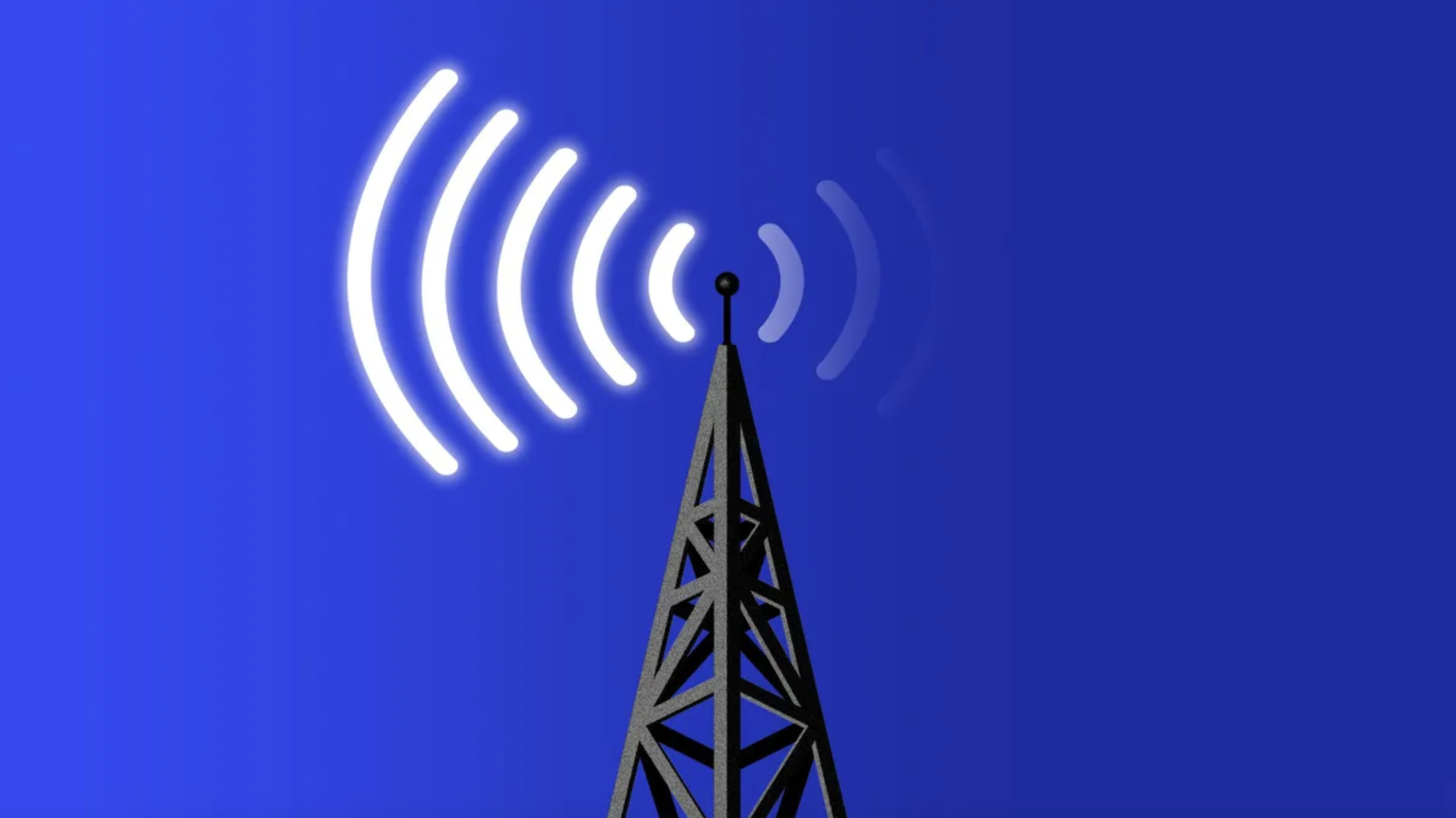Internal vs. external communication: What's the difference?

Over a third of workers who have the ability to work from home do — but as employees stay remote, it presents a communications dilemma.
- Why it matters: The communications channels that used to be strictly external are somehow now key to reaching employees across the world. And messages that have previously been prioritized for internal audiences are now also helping external communities.
This blurring of internal vs external communications requires a new strategy for both types of updates. Some organizations are merging them. Some are keeping them separate but requiring a joint strategy. Others are still living "the old way," which won't work much longer.
Leaders need to understand the "new" lines between the two in order to use them to their best advantage.
Internal communications
Previously, internal communications had been confined to a very specific, targeted audience of in-house folks typically made up of employees, managers, leaders, executives, board members, and other stakeholders. Think: If they had an email address tied to your company’s domain name, they were internal.
- That’s not always the case anymore. With freelancers, integral partners, suppliers, and more on the scene, internal communications are not so internal anymore.
More and more individuals are becoming privy to different organization’s inner workings. And as those boundaries expand, the chance of any internal message becoming external grows — because once your org reaches a certain size, any form of communication can be leaked, shared accidentally, or stored somewhere it wasn’t meant to be, and comms leaders need to be prepared for that as they rework their plans.
The new internal communications playbook:
- Reclassify your audience. Think about who inside and outside the organization might be seeing internal messages. You may not want to send closely guarded proprietary information to as wide an audience as benefits updates. Determine what each individual audience needs to know, and deliver it as succinctly and memorably as possible.
- Know what you’re sharing — and where. With remote employees often seeing external posts, like those on social media, think about including content for them in what you share. It will help drive your message home while keeping them engaged and aligned.
- Be consistent. If internal messages make it to the outside, and they’re vastly different from what you’re telling customers, clients, prospects, shareholders, or others, it will sow confusion, distrust, and misalignment.
- Use unique channels. Use a mixture of email, newsletters (the only comms method employees want more of), meetings, intranets, and instant messaging tools to reach employees where they are — and when they can access updates. Think about frontline and deskless workers who will be accessing info on the fly and need it in multiple or unique places.
- Gather feedback. Check in with internal audiences. See what channels work best for them and what topics matter most. Poll or survey them regularly to keep your pulse on important topics, like the top trends leaders will need to be prepared to face in 2024.
Using these tips, methods, and channels, you can cascade your internal communications up, down, and around an organization to keep your internal audiences up to date on company happenings, benefits, their day-to-day job tasks, key priorities, and more.
External communications
External communications used to be shared only outside of an organization with a variety of folks — some who were known to the organization and some who weren't. Websites and social media were meant for prospects and customers. But that, too, has shifted.
Intranets still exist, but many employees now get key information from their employer’s social media posts, website, newsletters, or third-party apps. What once was used solely to lure in clients is now being used to keep employees informed, aligned, and engaged, too.
Posts on LinkedIn and Facebook now show company holiday parties, volunteer events, or milestone celebrations as a way to show appreciation for employees while also attempting to attract top talent. And comms strategies need to change to reflect this.
The new external communications playbook:
-
Showcase company culture. Use social media to recognize employees for what they do well, as it doubles as a great way to show off your company’s culture and commitment to employee wellbeing and engagement to any hiring prospects.
-
Know your brand. Keep your branding, tone, and word choice consistent across all avenues. This will create a cohesive experience no matter who is accessing information on your external channels.
-
Use data. See what your previously internal audiences are accessing on external sites. That way, you can ensure they continue to have access to the materials they need to get their jobs done.
The bottom line: Your audience will shape the messages you send — but you need to be prepared for a variety of audiences to see what you share. Start planning a comms strategy now that allows you to foster an environment of honesty and transparency so that audiences receive consistent messaging no matter where they encounter it.
Go deeper: The best time to send an internal communication email





.webp)












.webp)

















